Does colour exist?
Red and yellow and pink and green – scientists say that these are all just figments of your imagination
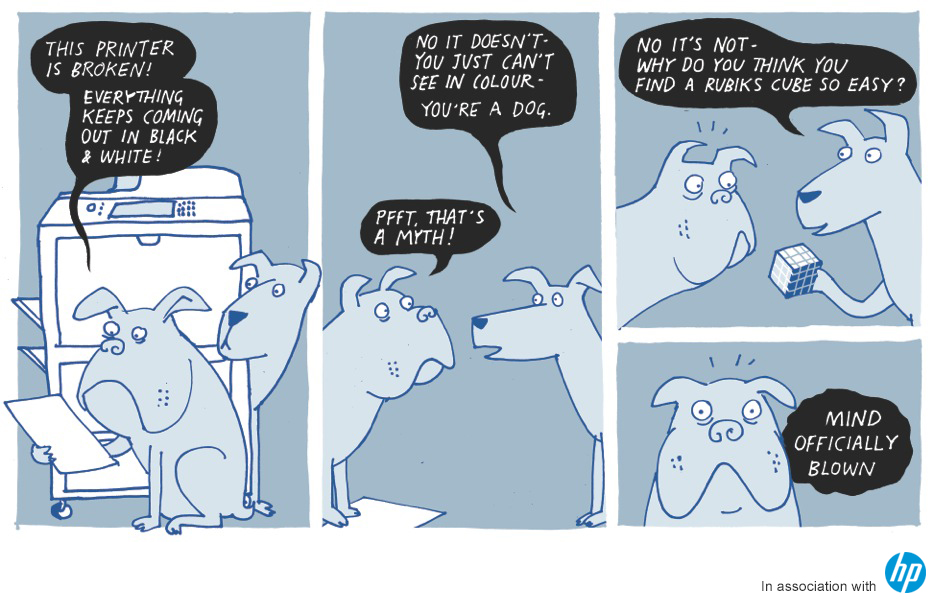
Colour plays a central role in human vision. It helps us to do a better job of seeing and recognising whatever is in front of us, and adds to our experiences. It almost seems nonsensical to ask whether or not it exists. Yet, here's the peculiar thing: as a physical object or property, most scientists agree that colour doesn't exist. When we talk about a colour, we're actually talking about the light of a specific wavelength; it's the combined effort of our eyes and brains that interprets this light as colour.
The science
All light waves move at certain frequencies, or wavelengths. When light emerges from the sun, all those frequencies are present, but when it hits an object some of those frequencies are absorbed and others reflected. It's these reflected frequencies that make up the image each eye sees. At the rear of the eyeball are millions of microscopic rods and cones. The majority – the 120 million-odd rods – are all the same, and only detect the existence and intensity of the light. Six to seven million cones, however, are sensitive to the wavelengths, with roughly 64% responding to light of a “red” wavelength, 33% responding to light of a “green” wavelength, and the remaining 2% responding to “blue”. The blue cones may be the least in number, but they make up for it by being the most sensitive.
The eye itself doesn't discern colour as such. Instead our brain takes the information coming from the red, green and blue cones, combines it with information from the rods, and transforms this deluge into a colour image. Red light or blue light will mostly activate the red or blue cones, while green light will activate the green cones (plus the red and blue cones to some extent). Other wavelengths won't activate a specific set of cones, but will impact on all the cones to some degree. Our brain then looks at the balance of signals coming through and works out that we're looking at a brown, an orange or a yellow.
The Week
Escape your echo chamber. Get the facts behind the news, plus analysis from multiple perspectives.

Sign up for The Week's Free Newsletters
From our morning news briefing to a weekly Good News Newsletter, get the best of The Week delivered directly to your inbox.
From our morning news briefing to a weekly Good News Newsletter, get the best of The Week delivered directly to your inbox.
This light – not the colour – is all that physically exists. Green is merely light with a wavelength between 520 and 570 nanometres, which humans with functional human eyes and brains will see as green. Our brains cleverly compensate for small variations in light and even different light sources to see, say, a banana as yellow or a leaf as green. However, we can't see light that exists outside our visible spectrum, and if our eyes and brains worked differently, the colours we perceived would be very different too.
Animals see differently
In fact, many animals do see colours differently. Some, such as cats, have only two sets of colour receptors, meaning they see red and green as effectively one colour. Others, including bees and many birds, have four, enabling them to see into the ultraviolet range. Rattlesnakes have woefully poor colour vision, but can combine the information from their eyes with that from their specialist pit organs to see in the infrared spectrum. The actual light doesn't change, but the colours do. Cats aren't any worse or birds any better at seeing colours; it’s their experience of colour that’s different to our own.
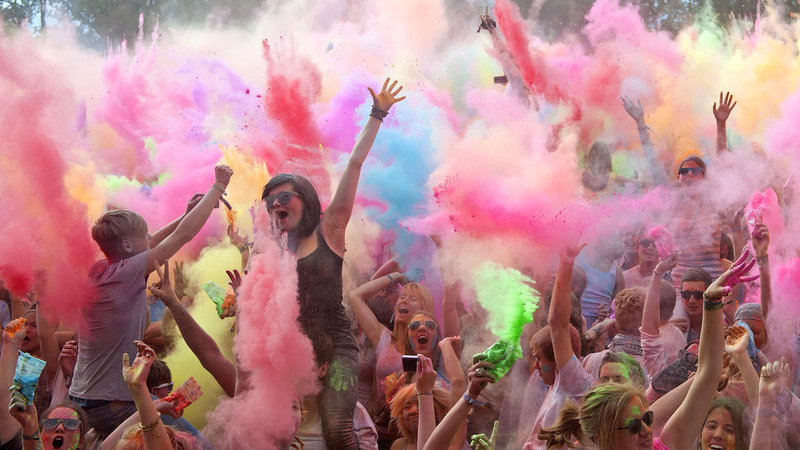
Colour sensitivity
Still, not all humans see colour in the same way. Those affected by colour-blindness lack functional cones, while others have more and are therefore extremely colour-sensitive and able to distinguish even the most closely matched hue of a particular colour. The Himba tribe of Northern Namibia, for example, would describe the sky as black and water as white, but uses exactly the same word for green and blue. They’re actually unable to differentiate between blue and green, yet can tell apart between more shades of blue and green than your average human being.
Colour and language
Some scientists even believe that language, and the way it structures raw experience, plays a part. In 2006, scientists from MIT and Stanford University tested Russian and English speakers in timed colour-discrimination tasks, looking to see whether they saw blues in the same way. Where in English and most major languages there’s one primary blue colour, Russian splits it into two, distinguishing between a light and dark blue. When the team gave the test subjects stimuli that spanned the border between these blues, Russian speakers were significantly faster to discriminate between them. What's more, when tasked with reciting nonsense words, the advantage went away. With the language centres of the brain busy, it was harder to distinguish between subtly lighter and darker tones. So colour only exists within your mind, but that doesn't make it feel less real. While it’s a subjective perception, it's still one that most of us share, and one that enriches our experience of the world.
For more advice on transforming your business, visit HP BusinessNow
A free daily email with the biggest news stories of the day – and the best features from TheWeek.com
-
 Why is Iran facing its biggest protests in years?
Why is Iran facing its biggest protests in years?TODAY’S BIG QUESTION Iranians are taking to the streets as a growing movement of civic unrest threatens a fragile stability
-
 How prediction markets have spread to politics
How prediction markets have spread to politicsThe explainer Everything’s a gamble
-
 Magazine printables - Dec. 19, 2025
Magazine printables - Dec. 19, 2025Puzzle and Quizzes Magazine printables - Dec. 19, 2025
-
 The executive style guide
The executive style guidefeature Want to stand out from the business crowd? Here's all the kit you need.
-
 Seven ways to reduce stress in your office
Seven ways to reduce stress in your officefeature You can’t completely remove it from your life, but there are some easy ways to relieve it…
-
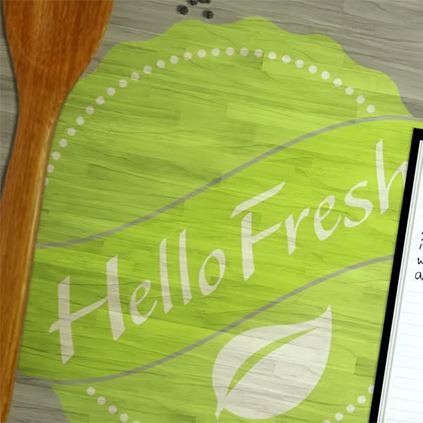 Hello Fresh: The transformation begins
Hello Fresh: The transformation beginsfeature New offices and a wealth of new IT from HP for Hello Fresh.
-
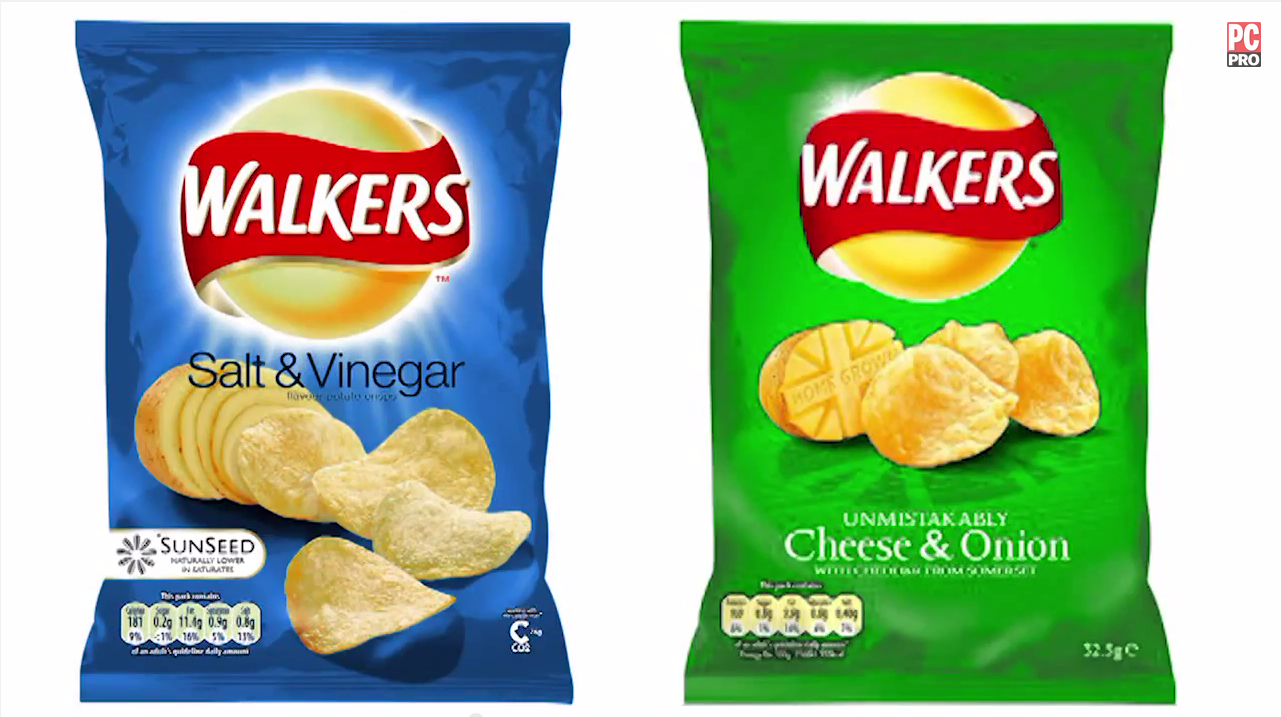 Controversial Colour Branding Decisions
Controversial Colour Branding Decisionsfeature Scott King and Russell Jones from Condiment Junkie discuss how some brands have decided to swim against the tide with their colour choices.
-
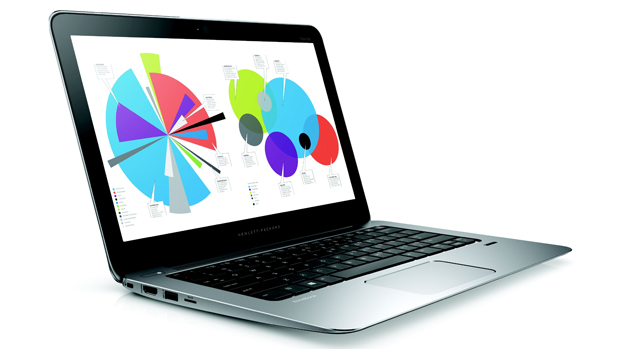 How do you design a computer?
How do you design a computer?feature Lead designer of HP, Chad Paris, explains how new computers are brought to life
-
 The story of print
The story of printfeature Printing has come a long way since its origins. Here we map out the story of print past, present and future
-
 Tribal Colours
Tribal Coloursfeature Colour has been used for centuries as a means to communicate where we belong, finds Stuart Andrews
-
 The Colour of Branding
The Colour of Brandingfeature James Morris explains why companies choose their corporate colour schemes, and what they mean.